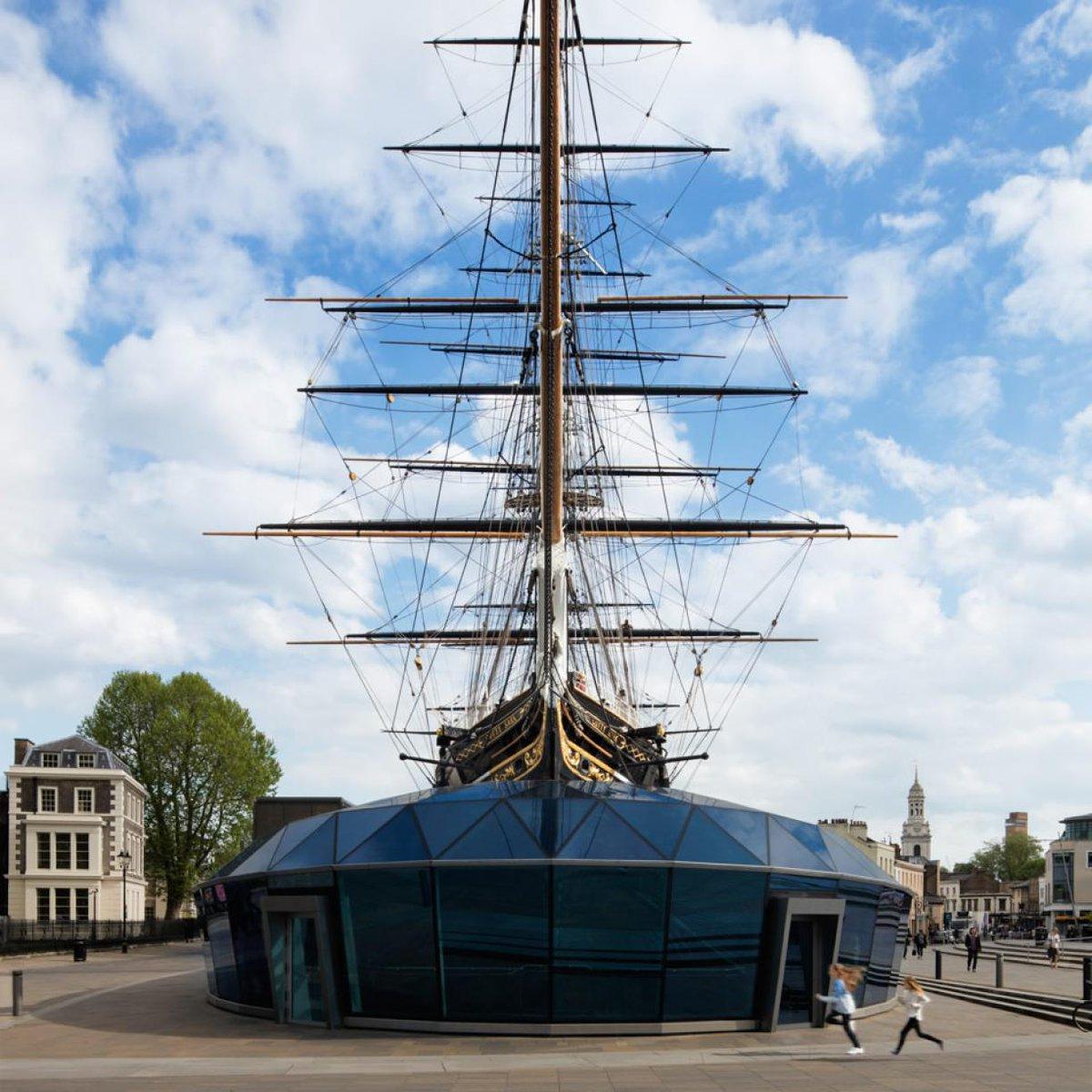11 Nov 2016
On Tuesday 22nd November 2016, it is precisely 147 years since Cutty Sark’s launch. Built to last for just thirty years, the world famous ship has defied expectations to be the sole surviving extreme clipper ship in the world.
Cutty Sark was built for the China tea trade. By the 1870s, more than 100 million pounds of tea was being imported to Britain each year. It was big business. Premiums were paid for the first of the season’s fresh tea delivered to London from China and so speed was key. Cutty Sark was built in Dumbarton in 1869 by Scott & Linton. As a clipper ship, her design was all about enabling her to race through the sea 'at a clip' and carry tea back home.

A recurring theme in Cutty Sark's life is that of survival and triumph over adversity. Cutty Sark made eight voyages to China enjoying measured success as a tea clipper. But just days before she launched, the Suez Canal opened. Cutting the voyage to China by 3000 miles, the canal paved the way for the dominance of steamships in the tea trade. Cutty Sark had to reinvent.
It was as a wool clipper that Cutty Sark would realise John Willis’s ambitions to become the fastest ship afloat. Between 1883 and 1895, Cutty Sark made many successful passages back from Australia loaded with wool, her fastest passage being just 73 days from Sydney to London. Her best recorded speed was 17.5 knots and she would often travel over 300 miles in a single day; these successes earned her a world-wide reputation for speed.
In 1895, Cutty Sark was sold to a Portuguese company and renamed Ferreira, beginning the next phase of her dynamic career. She continued life as a general cargo carrier until 1922, even doing her bit for the Portuguese in the First World War.
Damage sustained in a storm took her to Falmouth for repairs in 1922. And once again, adversity gave way to the next phase of her survival. The ship was spotted in Falmouth by Captain Wilfred Dowman who had encountered Cutty Sark some twenty-seven years previously. Knowing her to be a special ship, he and his wife, Catharine, paid over the odds to bring her back to Britain. Restored as a tea clipper and renamed Cutty Sark, she became a training ship for young cadets. Following Dowman’s death, Cutty Sark was presented to the Thames Nautical Training College in 1938, to continue her role as a training ship in Greenhithe, Kent.
The Cutty Sark Preservation Society was established in 1953 to bring the ship to her permanent berth in Greenwich as an icon of the bygone era of sail and a memorial to the Merchant Navy. After a major restoration project, Cutty Sark was officially opened as a visitor attraction by HM The Queen on 25 June 1957.
50 years and 15m visitors later, major works were needed to treat Cutty Sark’s fragile structure and the 2006-2012 Conservation Project began. Despite a terrible fire in 2007, the vast majority of her original structure survives and the project was completed in early 2012. HM The Queen returned to the ship to officially re-open Cutty Sark to the public. The project not only conserved the ship’s structure for the next 50 years, but also ensured she continues her story of survival regenerated for future generations to enjoy.
Join the celebrations beneath the ship for Cutty Sark's anniversary concert with Fisherman's Friends.